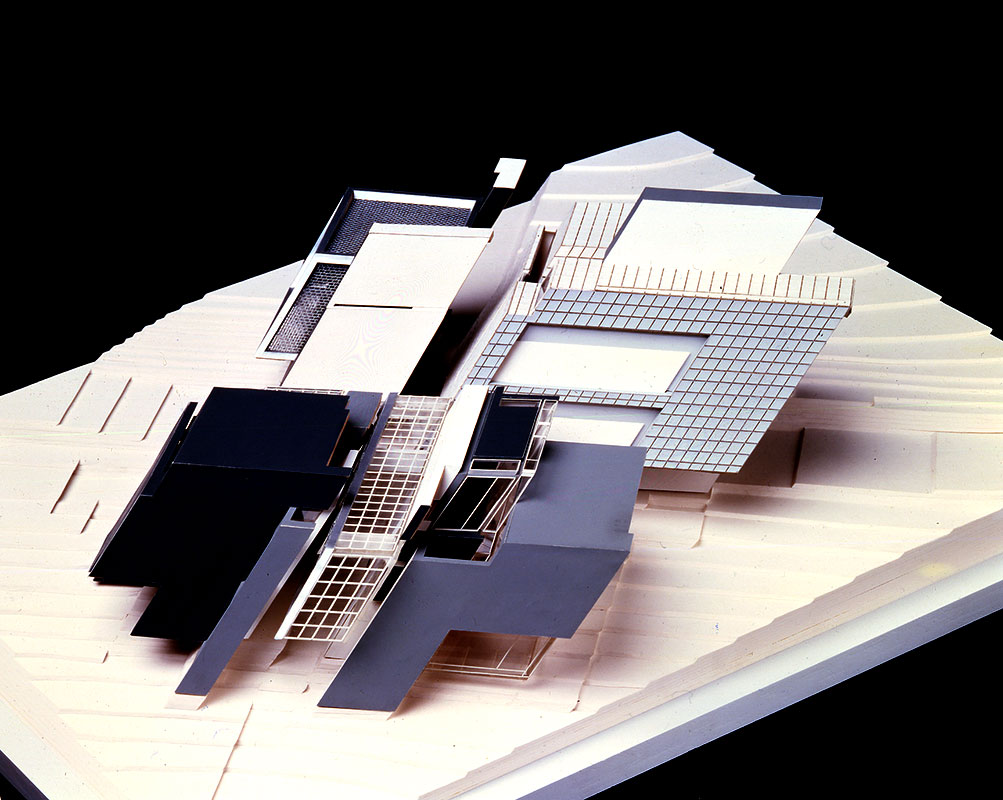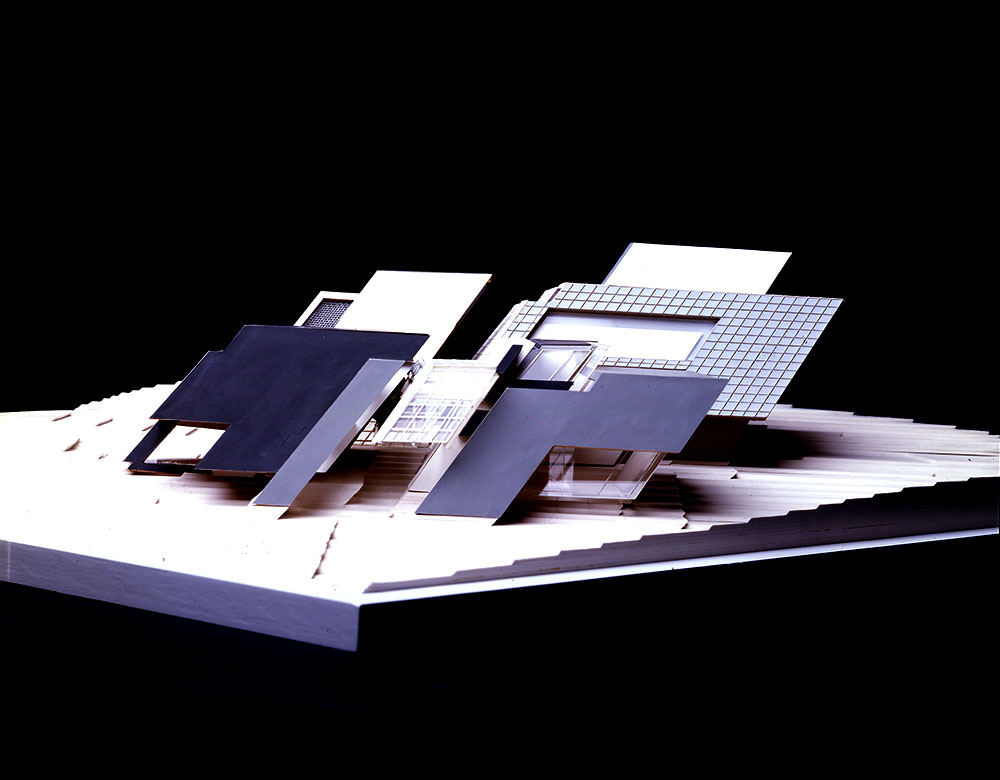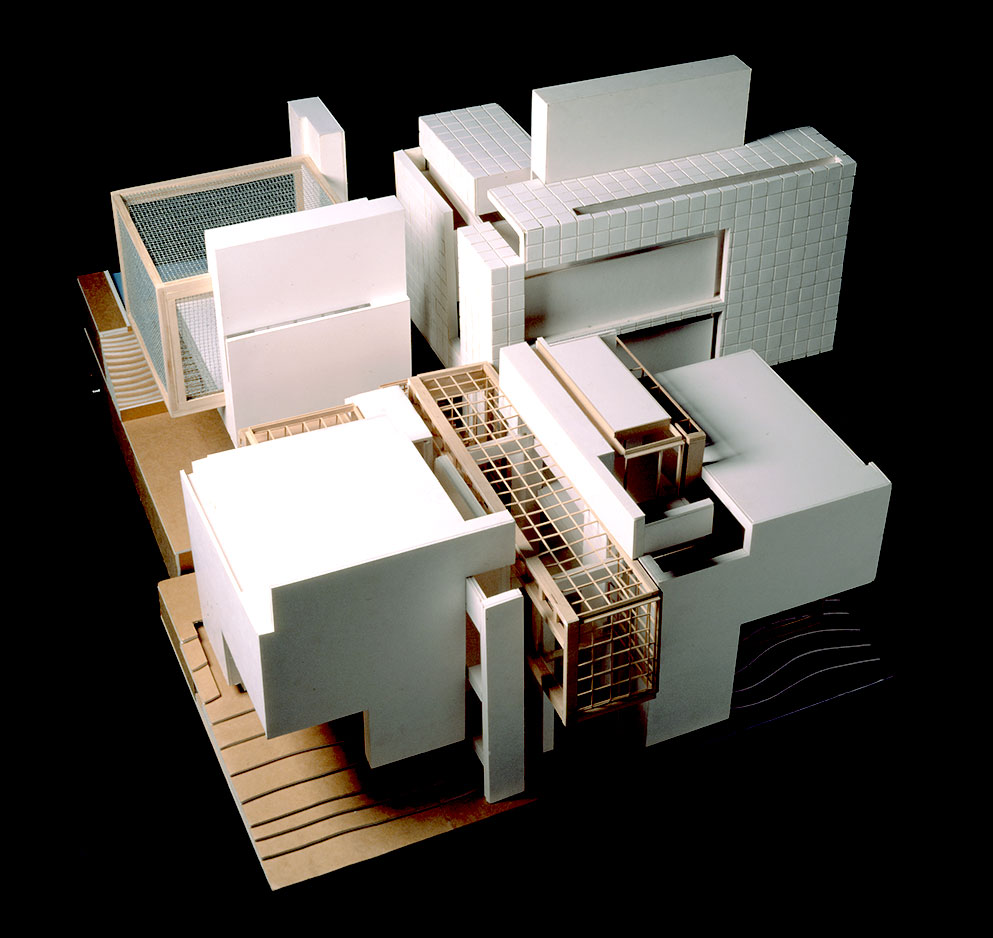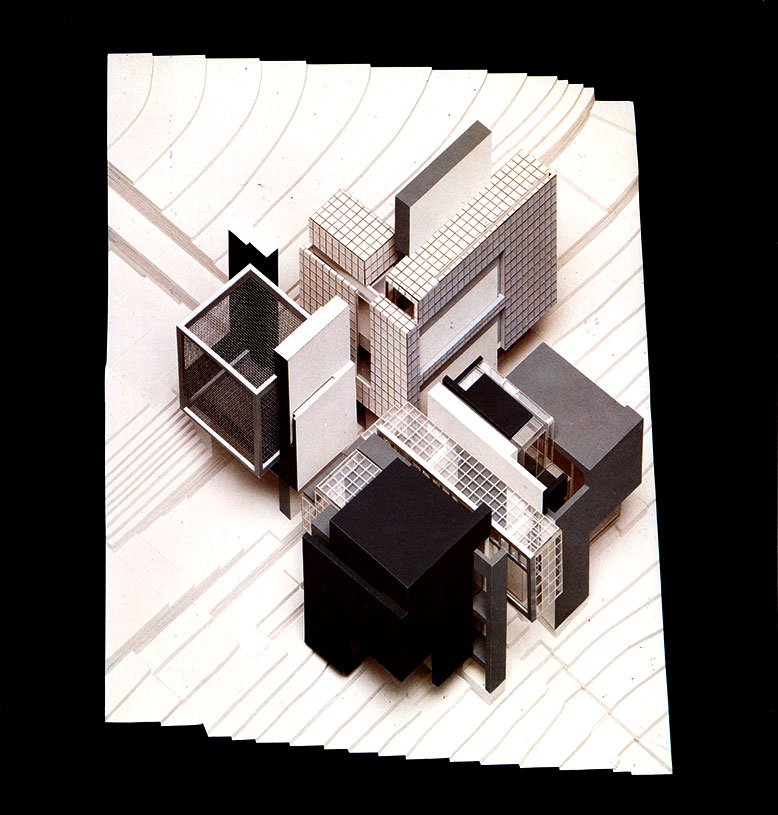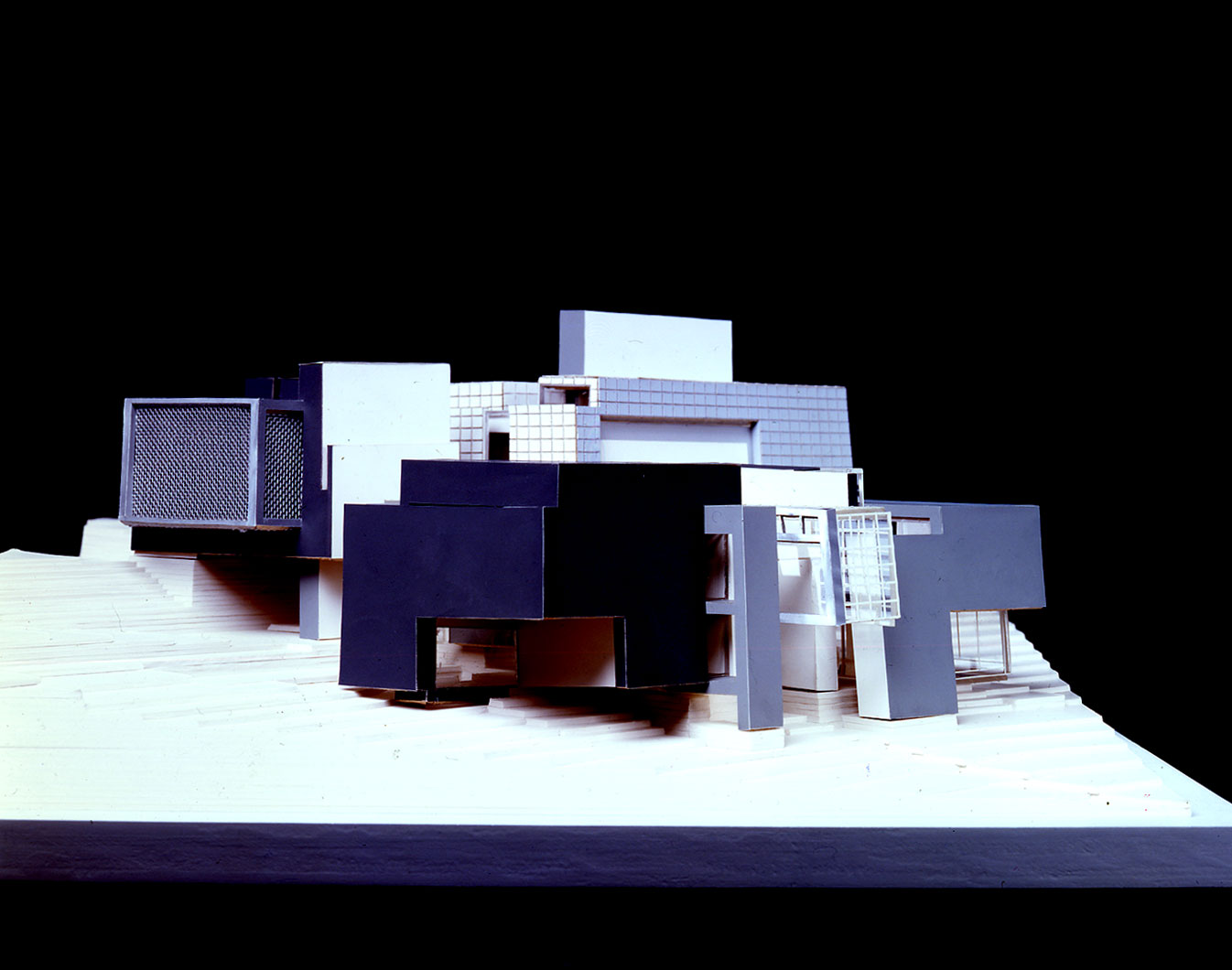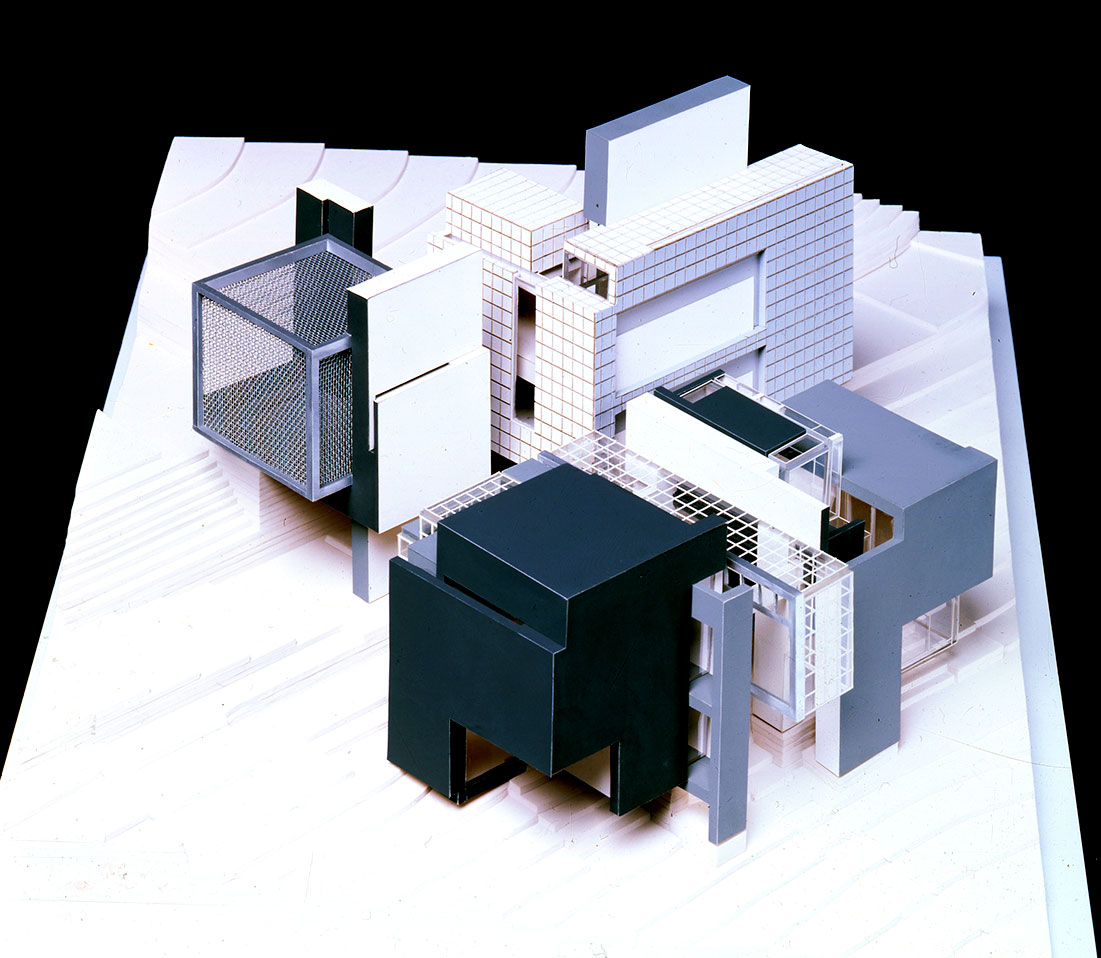
Most houses are conceptually vertebrate. That is, in addition to their literal, necessary condition of structure they are metaphorically vertebrate. They have a center, usually a hearth or a stair; their roofs pitch from the center, and their construction exhibits a concern for an overall centrality. The center expresses both the functional core and conceptual unity of the house. In House X, the center is nothing.
The vertebrate house is also mimetic; it mirrors man’s upright, axial condition. In an attempt to produce a conceptual distance between man and object, House X is nonvertebrate; to this extent, it is nonmimetic. There are no exposed linear elements - columns or beams. These are covered by solid vertical and horizontal surfaces, and further, two of the major horizontal living surfaces are void. This is a distortion of the Modern Movements preferred section - two solid horizontal planes – as well as of the houses traditional mimesis of anthropocentric man, who stands on a solid horizontal surface and “dominates” the landscape.
The specific configurations of House X can be understood initially as the juxtaposition of four squares. This configuration is only an initial analogue, a heuristic device used to approach a more complex sign condition, which in itself is only a possible approximation of the reality it signifies. In fact, the final configuration is a cumulative attempt to dissolve its own seeming connection with any initial analogue. In other words, the final plan is only a series of traces that refer, in a sense, forward to a more complex and incomplete structure rather than backward to a unitary, simple, and stable structure. It thus becomes a kind of pre-distillation of a more complex "future" condition.
Concept
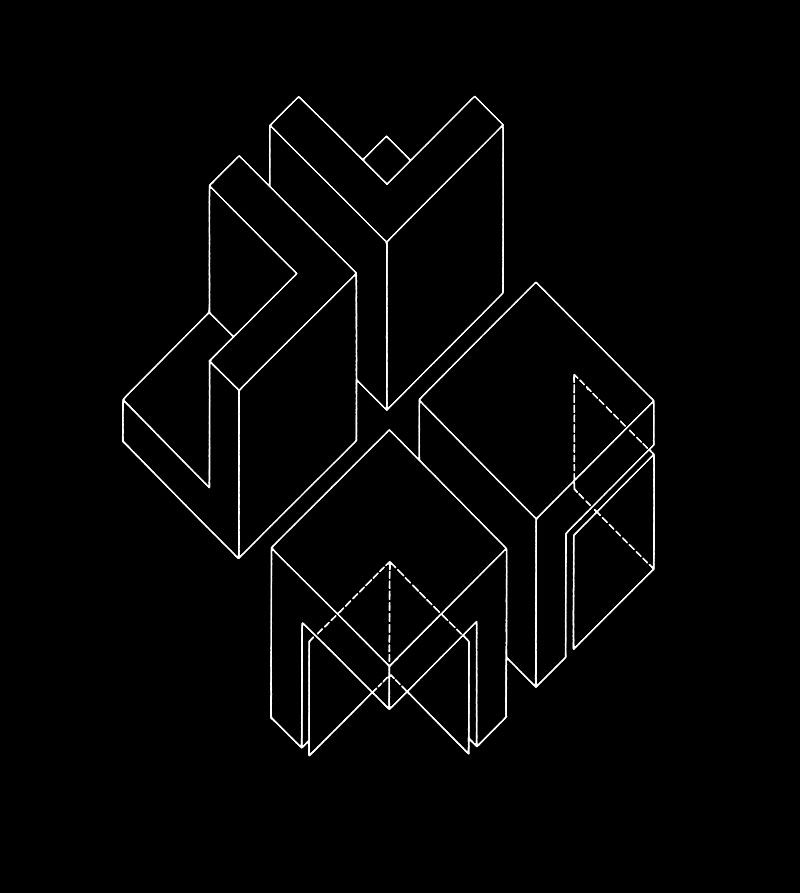
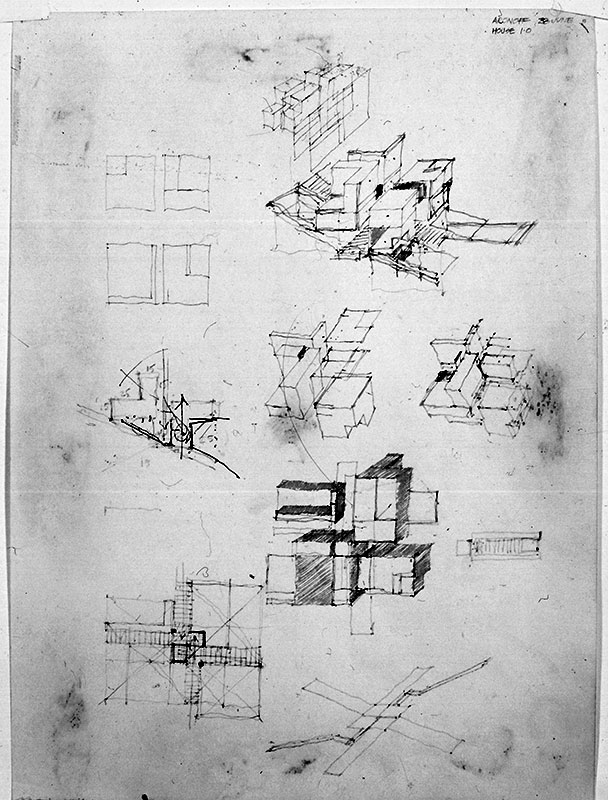
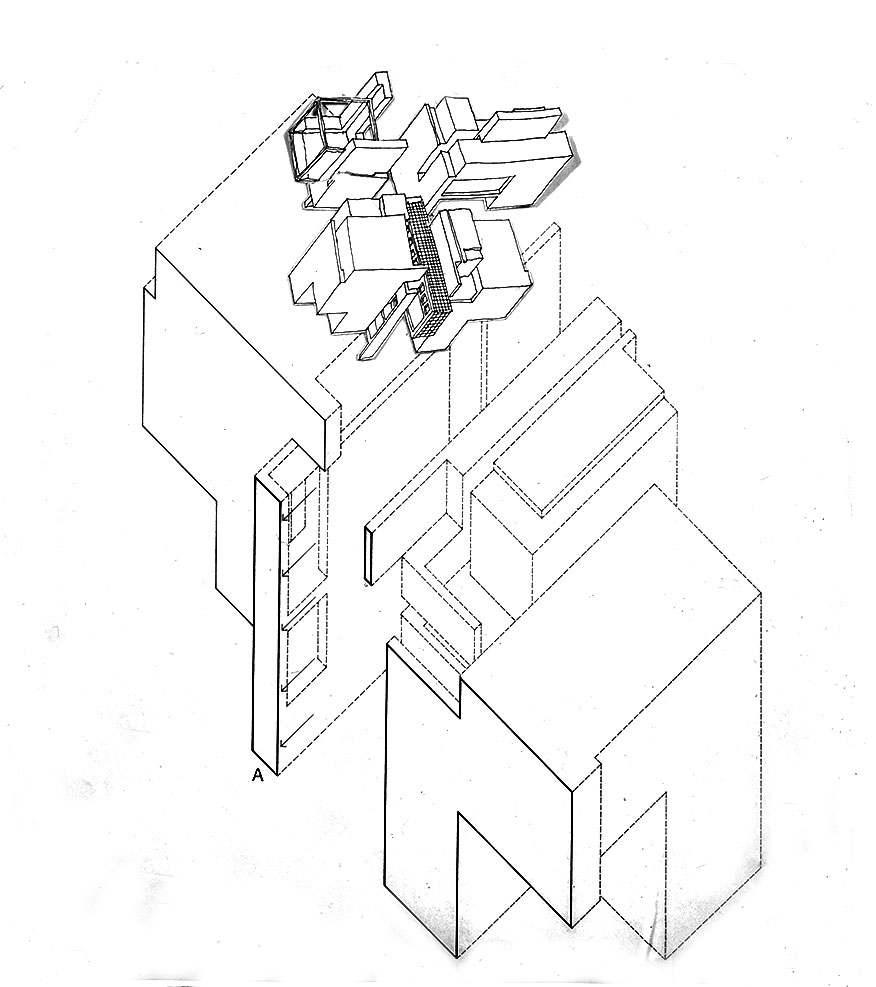
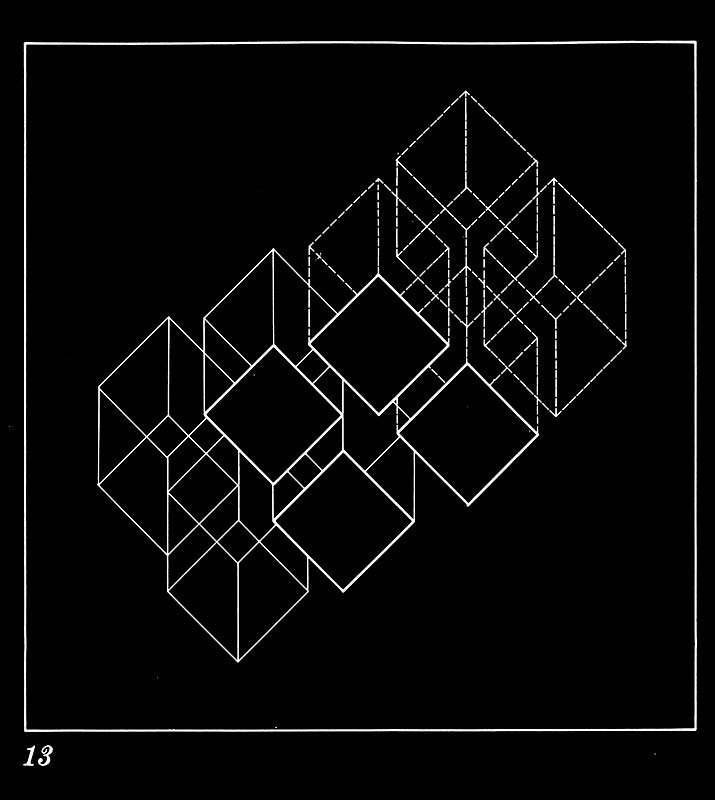
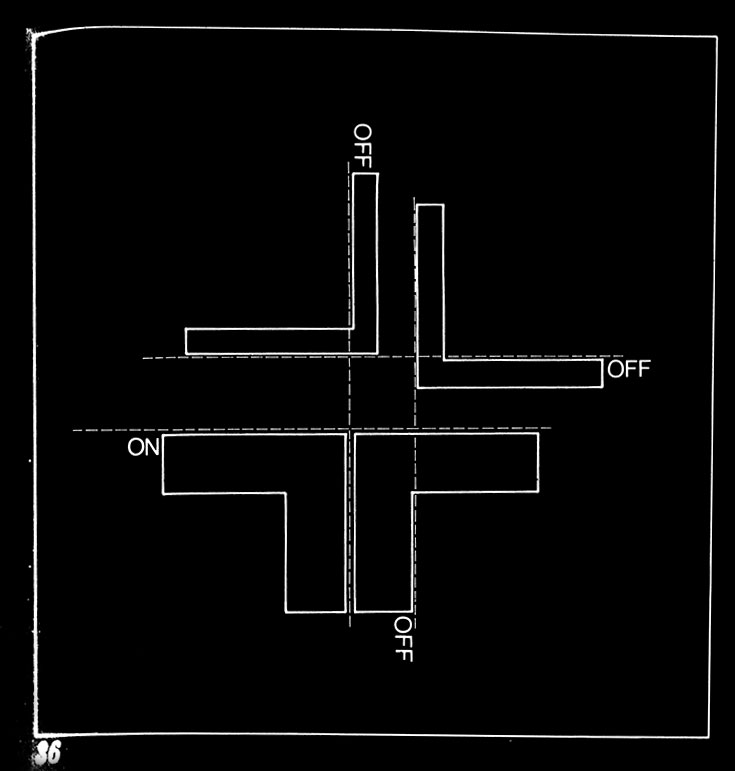
Drawings
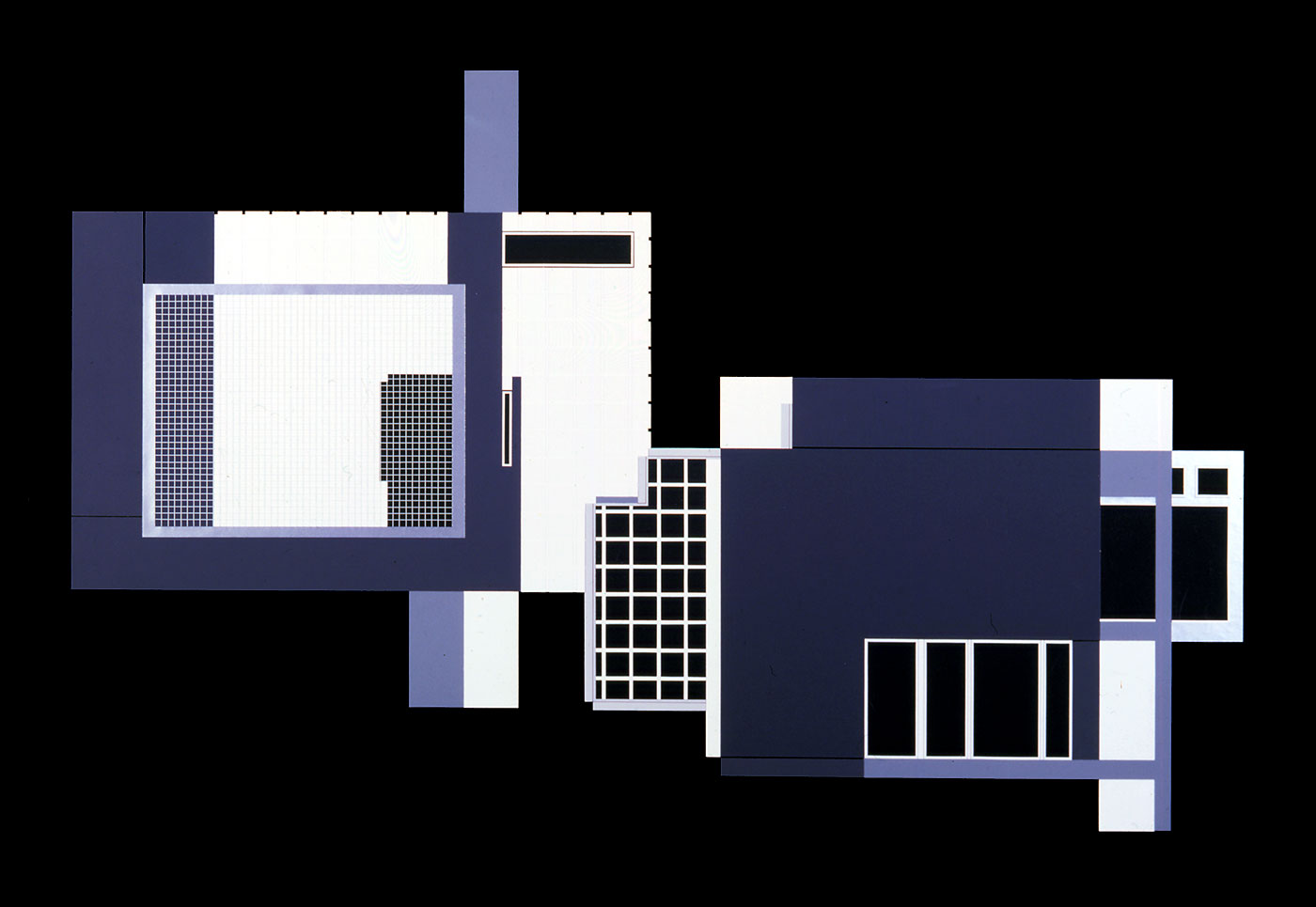
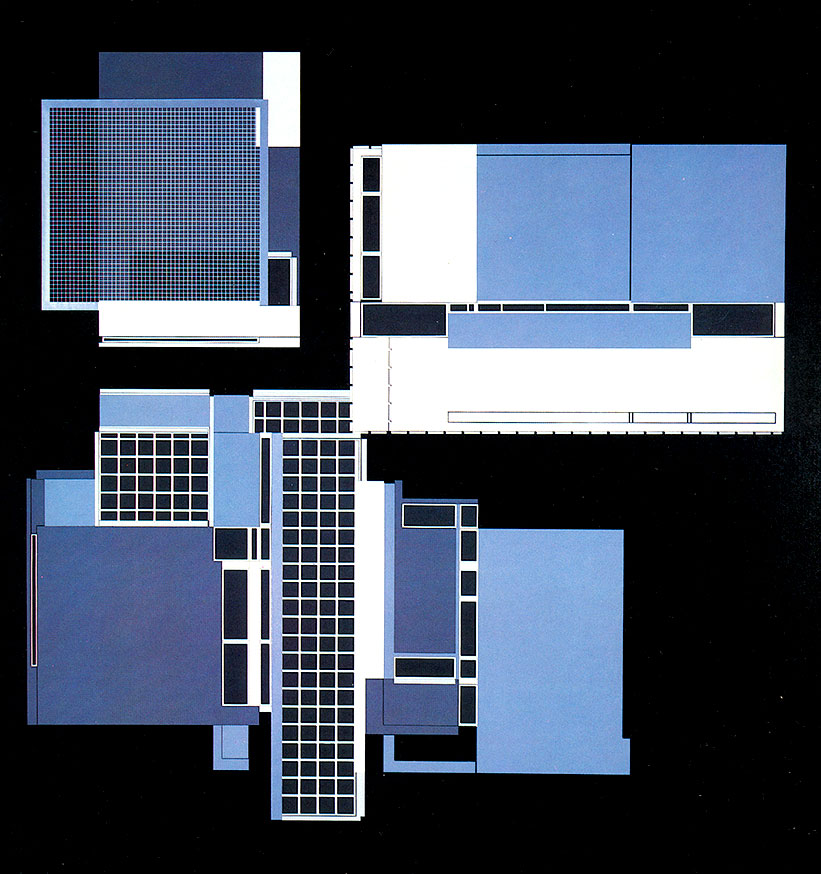
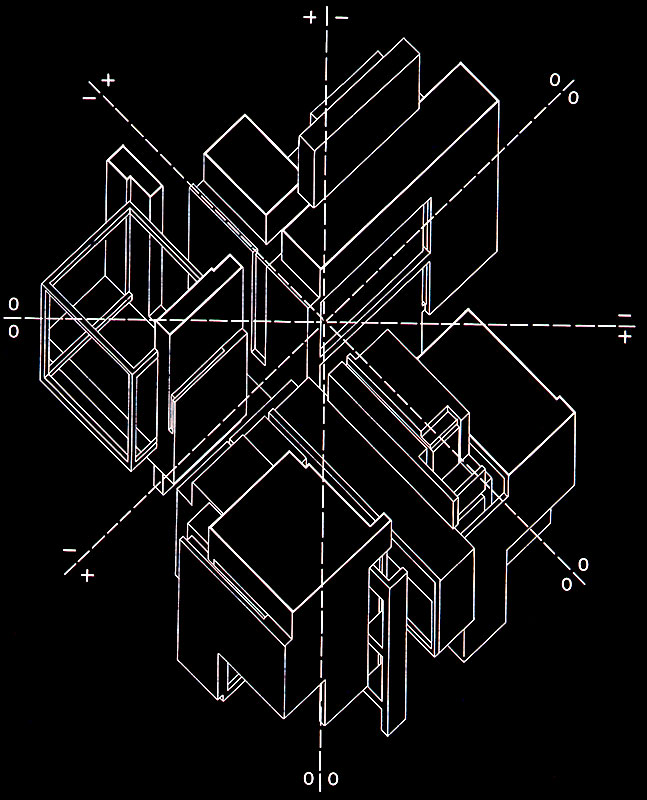
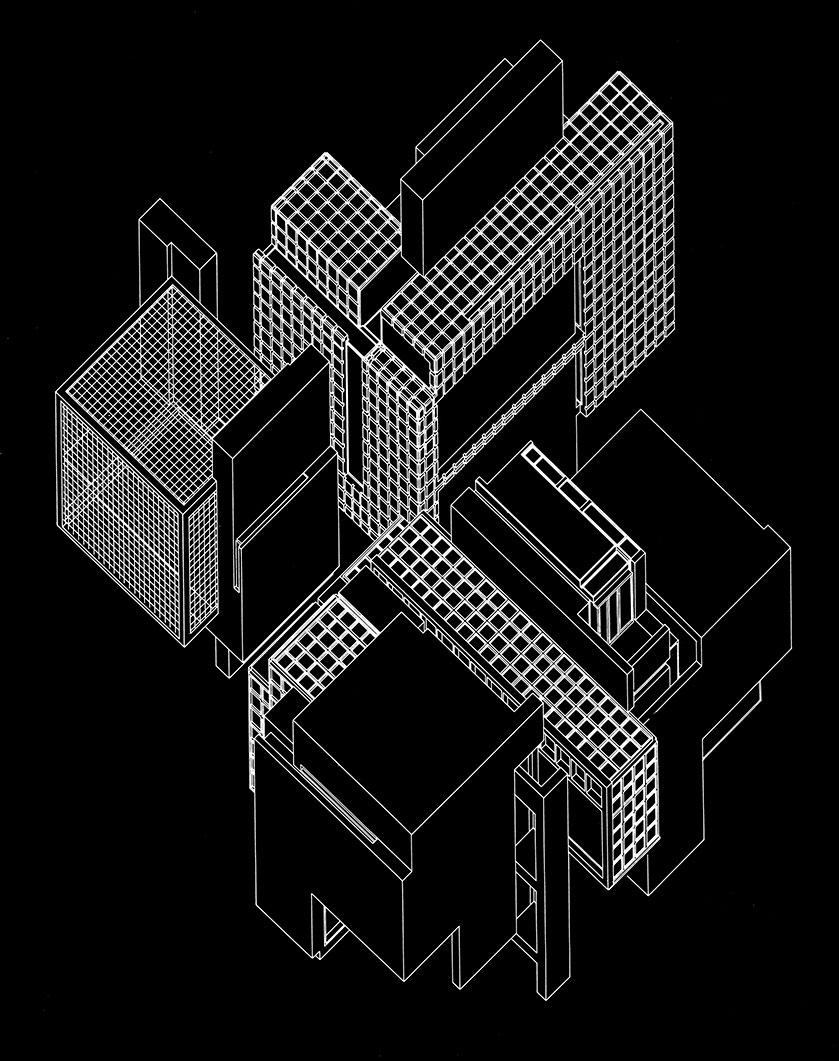

Model photos

